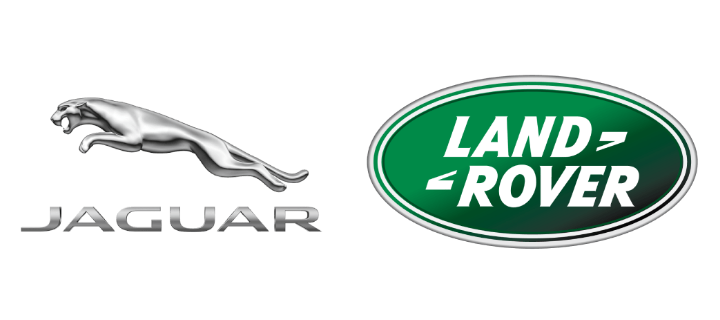

For Jaguar Land Rover (JLR) the potential for data analytics to transform business performance is significant. During 2018, the central data analytics team generated £150m through their work and now the size of the prize is even bigger – the value of future analytics driven work across JLR in the short term has been measured at over £1bn.
Today data analytics is fragmented across JLR so is not optimally set up to deliver this value. Coordination and cooperation between central and functional analytics teams is inconsistent and at times inefficient, there is limited formality around prioritisation of work and measuring the short term vs. long term benefit of the outcome, and there is a high attrition rate.
Q5 were asked to support a cross functional team to design i) an operating model for how data analytics should work at JLR, ii) optimum team structure, and iii) ways of working for Data Analytics cross enterprise, to drive value for JLR.
